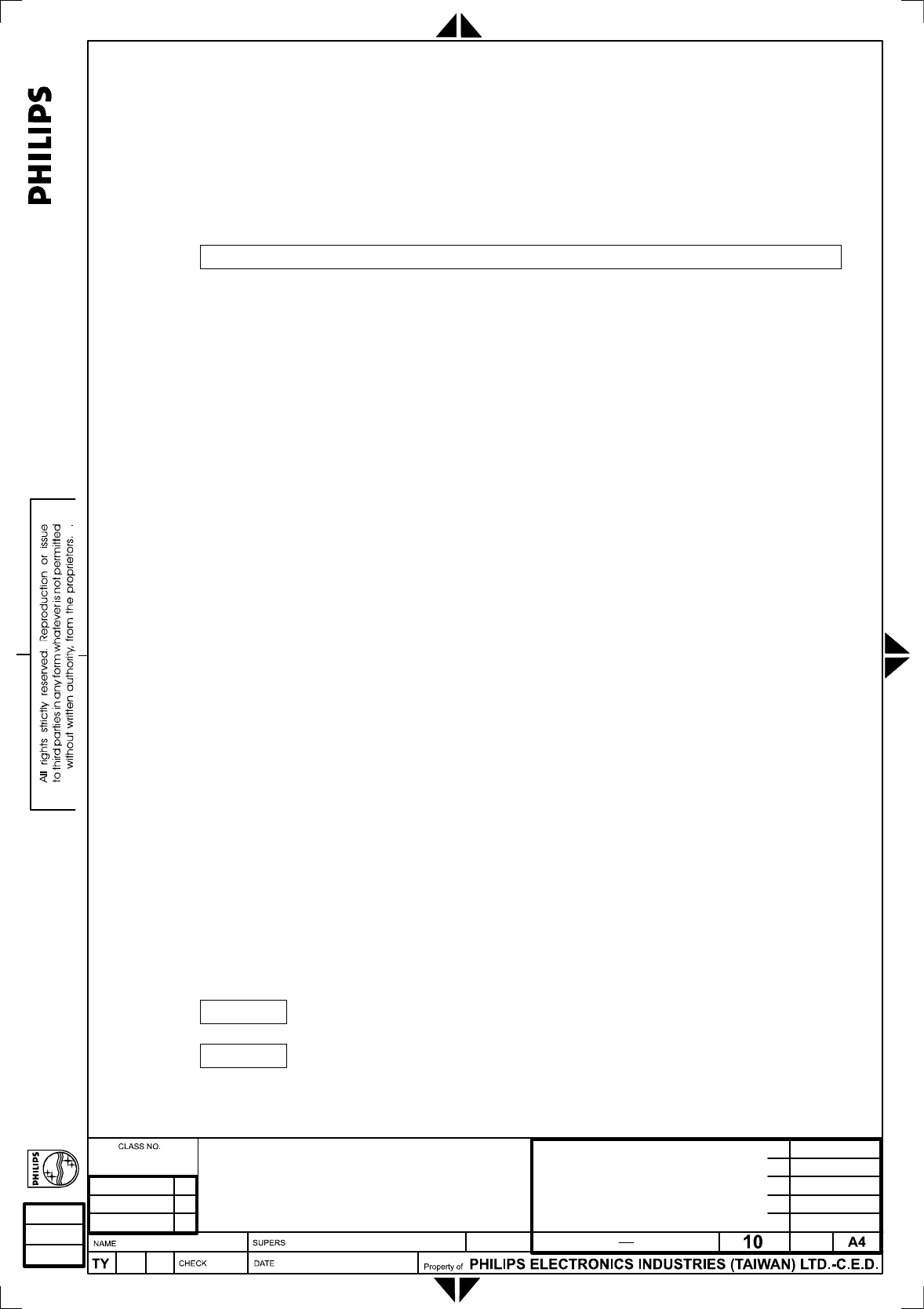
Note: While Standby bit is set, the SICP engine accepts only STANDBY command in
miscellaneous group is accepted.
3.2.3 General sequence: frame format
A message can be sent to the monitor to execute a command or to ask for any
information; each message is enclosed in a frame, which consists of the following:
<Start> <Address> <Group> <Command> <Data1> <Data2> ... <DataN> <Stop>
where:
<Start> = <Esc> <$>, i.e. ASCII characters [1Bh] and [24h].
<Address> = 3 ASCII characters each of which ranging from [30h] to [39h], which are
used as monitor address.
<Group> = An ASCII character that identifies the command type selected among
the list below:
<G> [47h] = Geometry Group
<M> [4Dh] = Miscellaneous Group
<P> [50h] = Picture Group
<A> [41h] = Audio Group
<D> [44h] = Debug Group(Reserved)
<Command> = Two ASCII characters (ranging from [30h] to [39h], i.e. digits <0> to
<9>, and from [41h] to [5Ah]), i.e. letters <A> to <Z>), defining the
command.
<Data1> ... = Two ASCII characters (ranging from [30h] to [39h], i.e. digits <0> to
<9>, and from [41h] to [46h]), i.e. letters <A> to <F>), representing the
hex value of the data, or one ASCII characters when data are text
strings.
Write commands may become a request for the current value when
only <Data1> = <?> (i.e. [3Fh]) is sent.
<Stop> = <;>, i.e. the ASCII character [3Bh].
3.2.4 Acknowledge to general sequence: frame format
Once the monitor has received a general command sequence, it returns a message that
is one of the following when no data are expected as part of the answerback:
<Ack>
<Nack>
In case data are expected, then the message becomes:
2838 100 05424
[
NAME
]
Philips
09
140
23


















